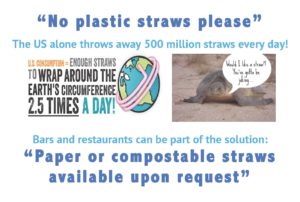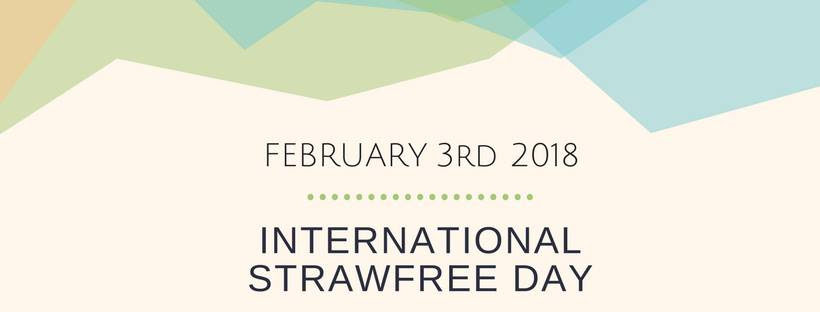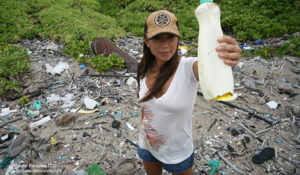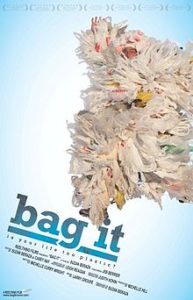Huge news yesterday! The UK may ban plastic straws, stirrers, and cotton swabs (by Laurel Wamsley). To me, this indicates that there is an understanding that it’s not just because our planet looks disgusting with all of the plastic littered about, but that governments are getting the full picture that plastics are also deteriorating our health and well-being – potentially, for generations to come. It’s not just an aesthetic issue – it’s a serious concern worth investigating.
 Maybe reading about the many reasons plastic sucks is not something you consider a valuable use of your time. I get it – it can be depressing. So, I ‘ collected a new way to get the news across (for you to share the message with friends and family). Since January 2017, National Public Radio has found the subject of plastics and how it affects the world valuable enough to create these ten stories. There may even be more stories at the member station level. Feel free to share in the comments section if you find one.
Maybe reading about the many reasons plastic sucks is not something you consider a valuable use of your time. I get it – it can be depressing. So, I ‘ collected a new way to get the news across (for you to share the message with friends and family). Since January 2017, National Public Radio has found the subject of plastics and how it affects the world valuable enough to create these ten stories. There may even be more stories at the member station level. Feel free to share in the comments section if you find one.
Another place plastics are turning up: Organic fertilizer from food waste (April, 2018) by Christopher Joyce
The Great Pacific Garbage Patch is much bigger than previously thought (March, 2018) by Christopher Joyce
UK lawmakers want to battle waste with a latte levy on disposable cups (January, 2018) by Samantha Raphelson
Plastic pollution is killing coral reefs: 4-year study finds (January, 2018) by Christopher Joyce
Recycling chaos in the U.S. as China bans foreign waste (December, 2017) by Cassandra Profita and Jes Burns
Guess what is showing up in our shellfish? One word: Plastics (September, 2017) by Ken Christensen
Warriors against waste: These restaurants and bars are aiming for zero (September, 2017) by Maanvi Singh
Using plastic bags is now illegal and punishable by jail time in Kenya (August, 2017) by Eyder Peralta
Plastic is everywhere and recycling isn’t the end of it (July, 2017) by Christopher Joyce
Are we eating our fleece jackets? Microfibers and migrating into field and food (February, 2017) by Jessica Boddy
5 more stories on plastic (check out the gap in 2016!)
8 million tons of plastic clutter our seas (February, 2015) by Christopher Joyce
Coffee horror parody pokes at environmental absurdity of k cups (January, 2015) by Maria Godoy
Plastics don’t disappear but they do end up in sea birds bellies (June, 2014) by NPR Staff
Why those tiny microbeads in soap may pose a problem for Great Lakes (May, 2014) by Cheryl Corley
How plastic in the ocean is contaminating your seafood (December, 2013) by Eliza Barclay
Not sure how to start and say “no, thank you” to a straw? Check out “How to say ‘no, thank you’ to a straw” bingo. Also, here are some tips to change behavioral norms at the household level: kitchen, bath/laundry, garden/garage. If you’re interested in learning more on how to create collective action in your community around plastics, check out the collective action project mentoring program. One way you can help is my asking establishments that use straws frequently to “Suck the Straws Out” and sign this pledge from the Inland Ocean Coalition.
Hey, can someone planning an environmental education conference have Christopher Joyce as a keynote speaker?

Image (c) Inland Ocean Coalition.





 Bag It
Bag It






What people are saying …